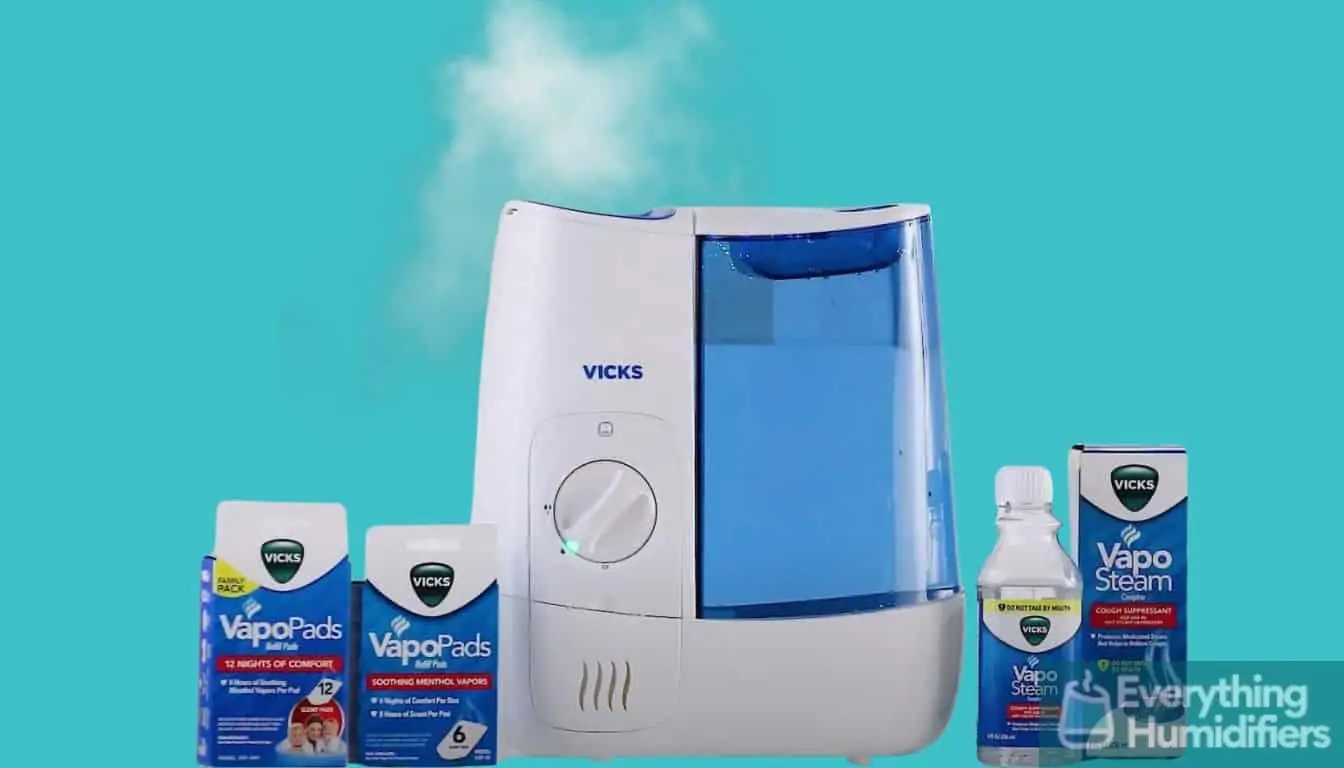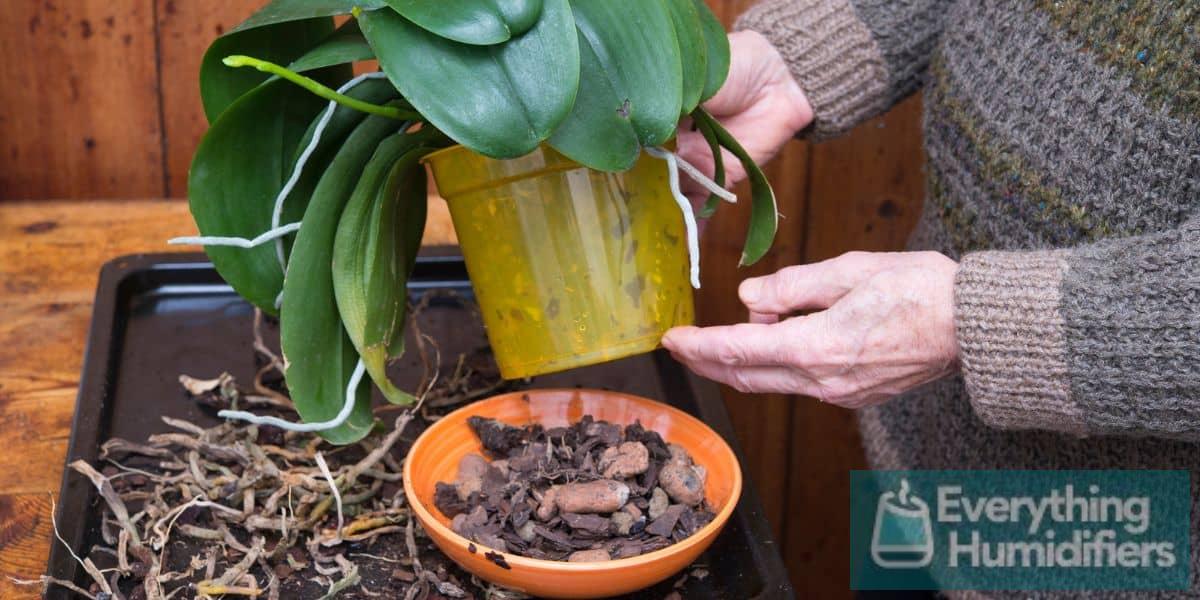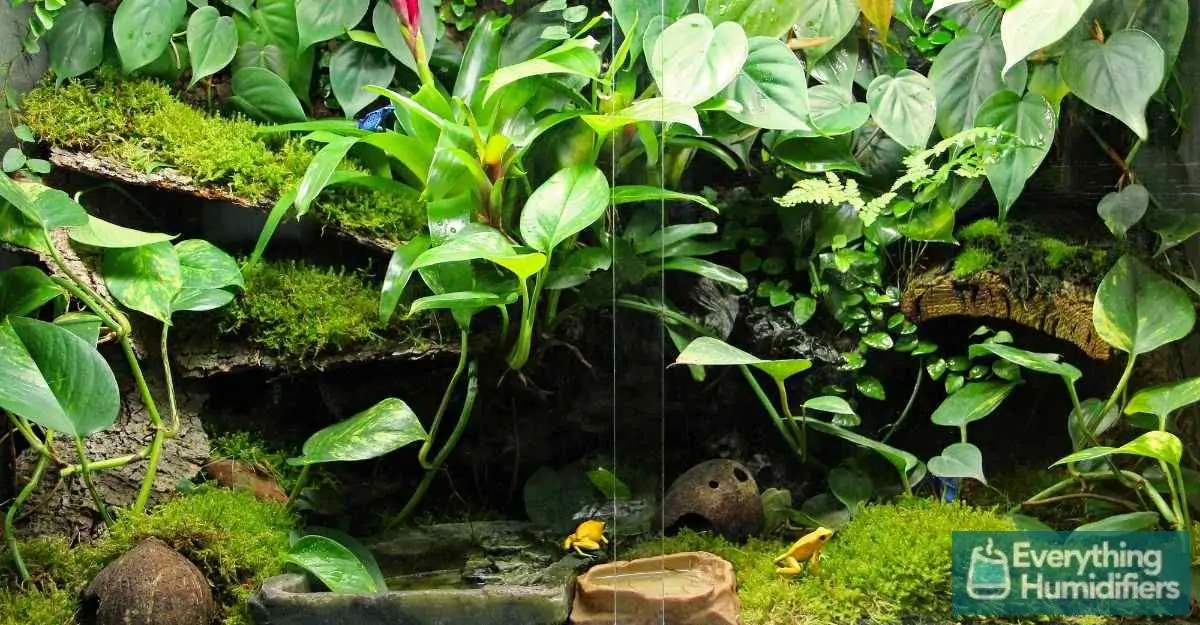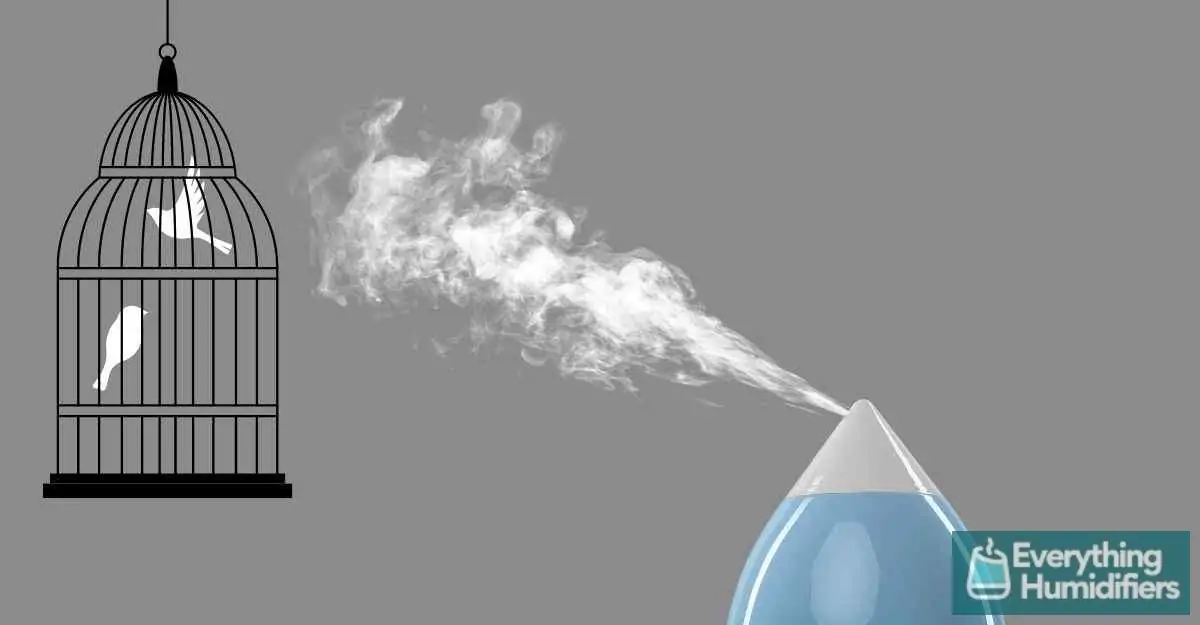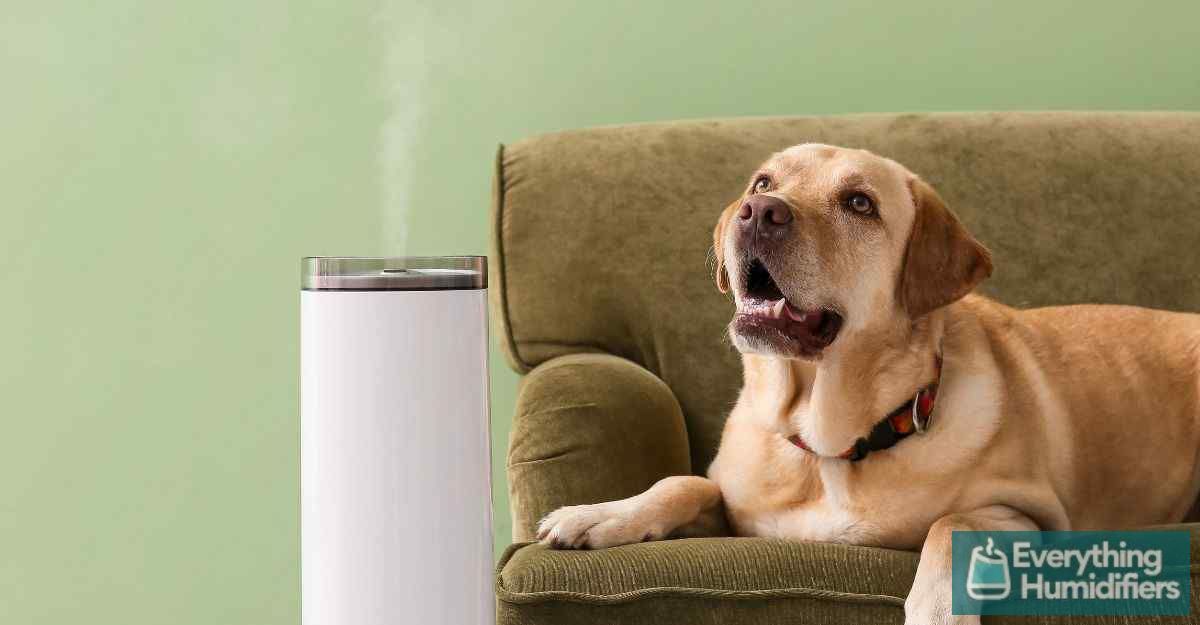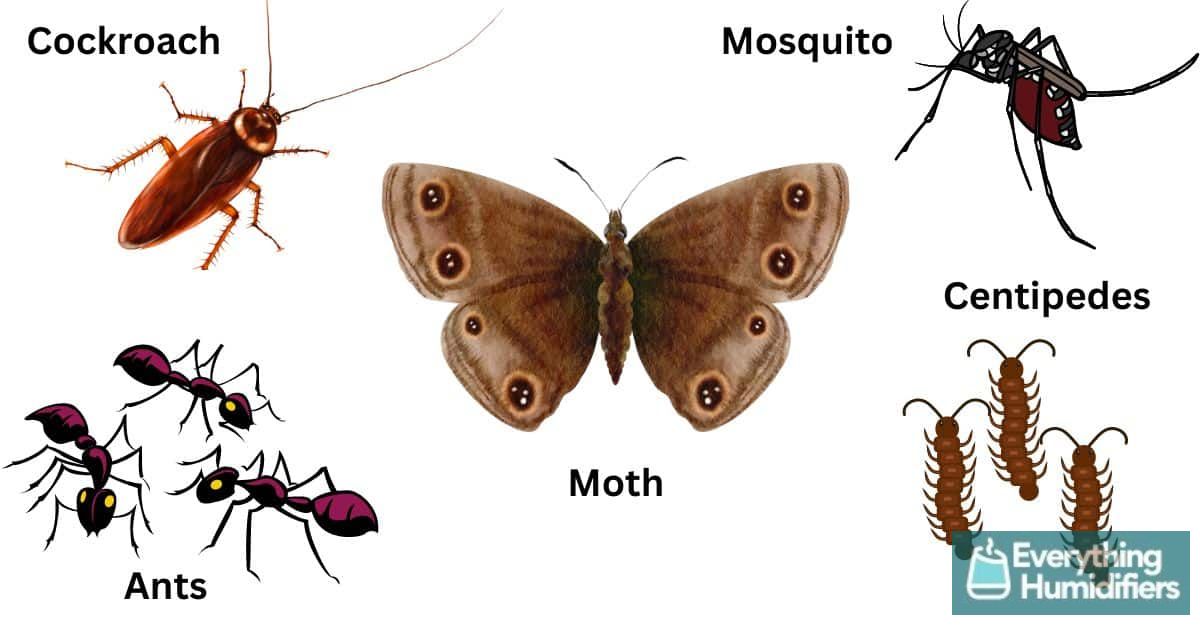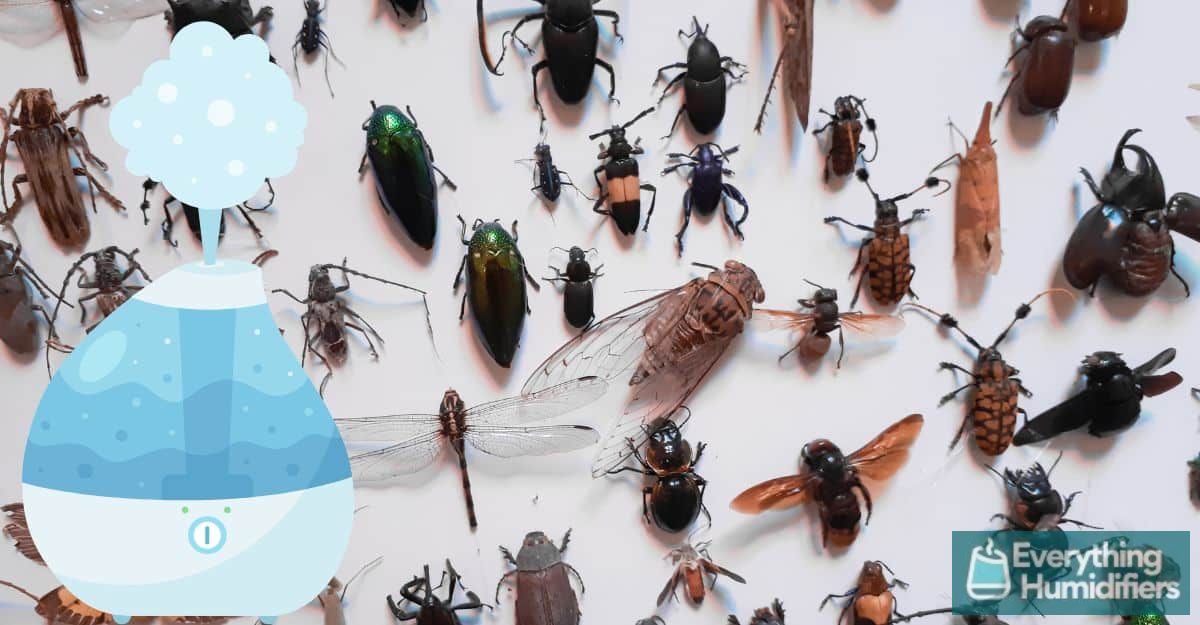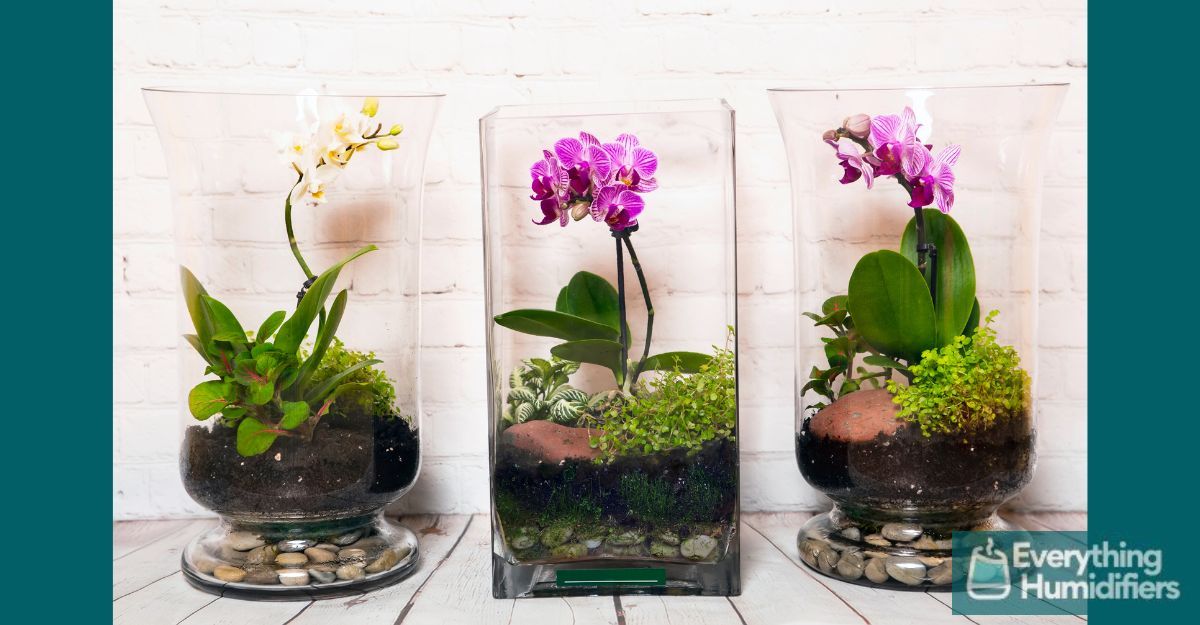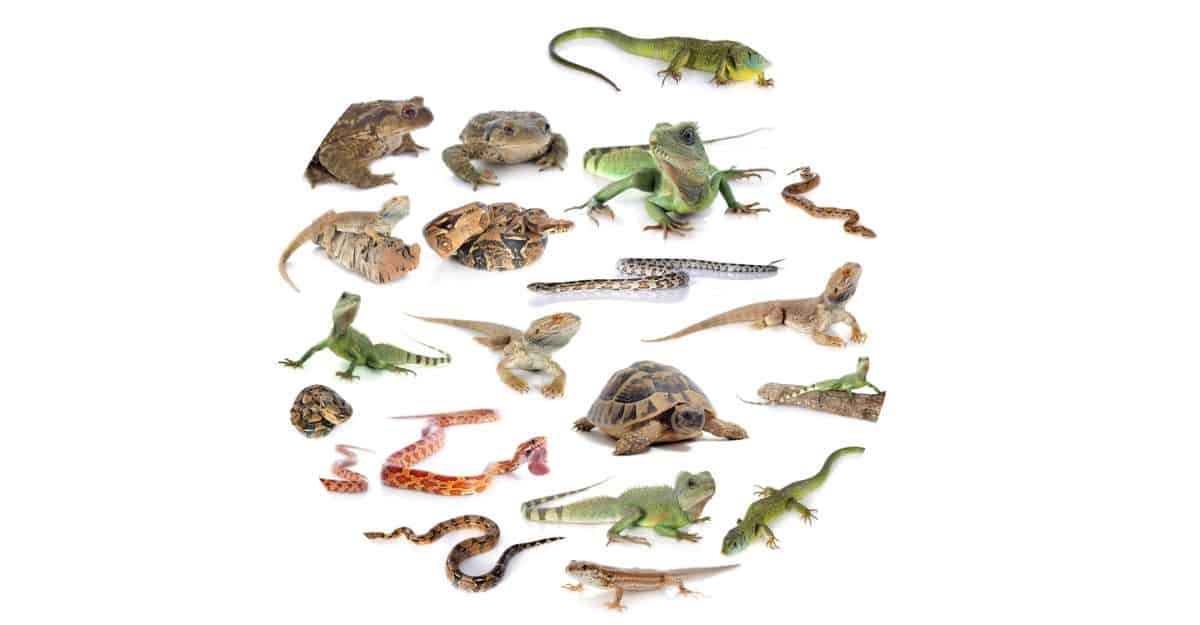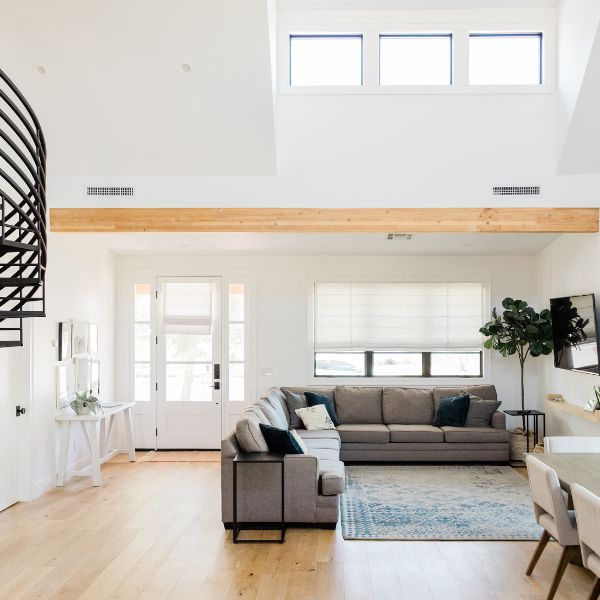
Installing a whole house humidifier will help reduce those winter blues.
Dry and itchy skin, sniffles, and body-aching flu are some of the common ailments that we all deal with during the colder months.
But, there are ways to avoid this and make your home a healthier, more comfortable place.
The level of moisture in the home is not something we usually think about. Unless of course, the roof suddenly starts leaking and your plush carpets become splash pools for the kids.
The opposite problem is more concerning.
Lack of moisture in the air causes all sorts of health problems. It can also damage wooden furniture, doors, window frames, and flooring by drying them out.
What is a whole house humidifier?
Many of us are familiar with small humidifiers that stand on a table, sideboard, or dresser. They dispense a fine mist into the air, increasing the humidity.
A whole home humidifier does the same job, but on a larger scale, humidifying your entire home.
Don’t imagine a massive, industrial machine that needs a crane for delivery.
Whole home humidifiers are smaller than that and work exceptionally well. They are designed specifically for residential properties and have all the aesthetics and safety features in place.

What are the benefits of a whole home humidifier?
In today’s consumer-driven world, many people are concerned about the health of their families. Fast foods, plastic containers, and chemicals in the water are all concerns that add to our list of ‘things to worry about’.
Controlling the humidity in the air offers many meaningful benefits.
Better sleep
Are you one of those unfortunate people who try to sleep next to a snorer?
Humidifiers increase the moisture in the air, which helps to moisten nasal passages, the soft palate, and the throat.
This will reduce snoring and allow you to get that peaceful night’s sleep you dream about.
Overall better health
Dry lungs, nasal passages, and sinuses create many types of common illnesses. Sore throats, flu, allergies, and sinusitis can be kept at bay by controlling the humidity of your home.
Dry air causes the oil-producing glands in your skin to overwork. This leads to acne, especially in teens.
Some viruses thrive on dry air and spread faster. Keep them at bay by increasing the moisture content of your air.
A more comfortable living environment
Dry air always feels colder. It irritates your skin, lips, eyes, and nasal passages. Adding moisture to the air immediately creates a more comfortable environment for the family.
Energy saving over the long term
Most reputable whole home humidifiers are very efficient when it comes to using electricity. They consume far less than your average home heating system.
When your air is moist, it feels warmer, and you can turn down the heating. In the long run, you can save on your energy bills.
Protect your furniture, flooring, doors, and window frames
Over time, dry air will wick away moisture from porous wooden furniture, floors, and doors. This will cause them to crack and split.
You certainly don’t want that to happen to Great Grandma’s antique walnut Chippendale chair.
Let’s find out about the different types of whole house humidifier
Like most home appliances, there is a choice, and when there is a choice, some research needs to be done.
To humidify your entire home, you will need a machine that connects to your existing HVAC system. HVAC stands for Heating, Ventilation, and Air Cooling.
If you don’t have an installed HVAC system, you will have to consider using smaller portable humidifiers, and possibly more than one, for your home.
Let’s first look at machines that work with your HVAC systems. There are three main types of whole home humidifiers HVAC.
Steam humidifiers – Steam comes from boiled water and that is what a steam humidifier does. It boils water to produce steam and then releases it through the ventilation ducting.
These are the most powerful types of whole home humidifiers and are ideal for larger homes.
Like most things that are bigger and better, they will cost more and will also use more electricity to function.
Fan or power humidifiers – These devices have a fan and work by blowing air across a humidifier pad that is soaked in water. They don’t make use of heat.
The moist air is passed into your home through the ductwork system. These systems are ideal for people who aspire to a greener lifestyle as they are more energy-efficient.
Bypass humidifiers – These machines use the warm airflow generated by your furnace.
Water is held in the machine in a panel and as the warm air blows over the panel, the water evaporates. The vapor moves through the ductwork systems of your home.
You need to ensure that the blower fan in your furnace is on and working for bypass humidifiers to work properly. The water panel will need to be replaced at least once a year.
Many homes have other methods of heating installed.
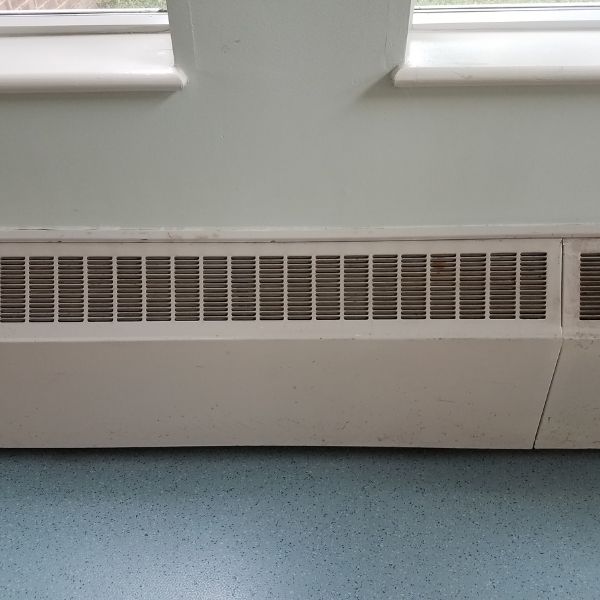
If you have baseboard heating systems or radiators you will then have to look specifically for a whole house humidifier for baseboard heat.
If your home has a heat pump system, you will find specific models of whole house humidifier for heat pumps. These come in both steam and bypass designs.
If you cannot connect a machine to an existing HVAC System, you may have to consider buying a stand-alone humidifier.
You won’t get the benefit of humidifying your whole home at once, and you will probably have to settle for more than one humidifier to cover a few rooms.
Whole home humidifiers need to be installed by a qualified professional. This is certainly not one of those weekend jobs that you want to put on your DIY list.
Consider the size of your home
As a general rule, for larger homes of over 3000+ square feet, you will do best to choose a Power or Steam humidifier.
Bypass humidifiers are better suited for smaller homes. In some cases, you may need more than one machine. You will have to weigh up the benefits vs the costs.
Summary
A whole-home humidifier is ideal for people who live in very cold climates or very dry desert climates. The air will always be drier and the costs of your heating bills will be higher.
Installing a whole home humidifier is a big step that involves costs. You may not be sure whether this is for you.
- Why not try out a small single-room humidifier first and see whether it makes a difference?
- You can also monitor your humidity levels for a few months using a hygrometer.
- Talking to people who have installed a whole house humidifier is a great idea as they can give you first-hand knowledge of their experience.
- Before you take the final step, call in a professional to assess your home and give you an opinion.
Your home is your haven. Don’t dread the coming of the cold season.


